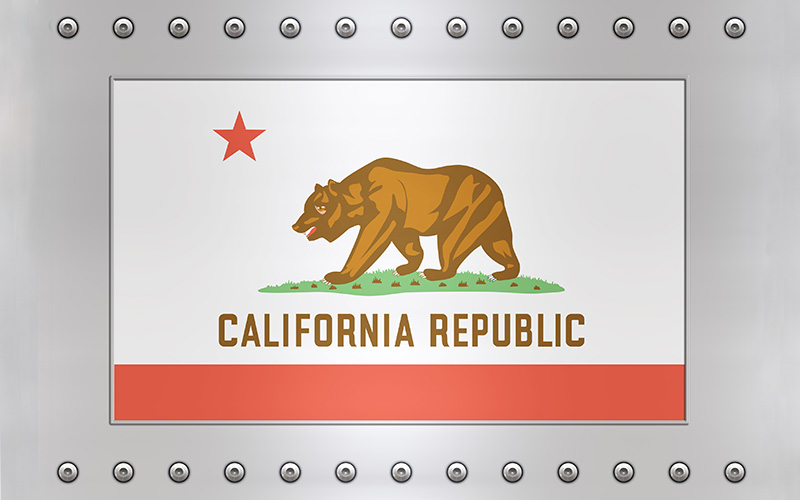If you sell cosmetic products in California (or sell to California residents from an out-of-state online store) you may have some reporting requirements concerning fragrance allergens.
California has two different laws that cover reporting requirements for cosmetic products: the California Safe Cosmetic Act of 2005 and the Cosmetic Fragrance and Flavor Ingredient Right to Know Act of 2020. Both refer to the “Reportable Ingredients List,” which is a list of hazardous ingredients and ingredient compounds compiled from various “authoritative” sources.1
Safe Cosmetic Act of 2005
The California Safe Cosmetic Act of 2005, which went into effect in 2007, applies to companies that make $1 million or more annually in aggregate cosmetic sales worldwide, and the company name appears on the label of a cosmetic product sold in California, and the company’s cosmetics contain ingredients on the Reportable Ingredients List. Since it only applies to larger companies and covers a LOT of ingredients, I am not going to go into detail about it here. If this applies to you, you can get more information on how to report here.
Cosmetic Fragrance and Flavor Ingredient Right to Know Act of 2020
The Cosmetic Fragrance and Flavor Ingredient Right to Know Act of 2020, on the other hand, applies to:
- Any company whose name appears on the label of a cosmetic product sold in California; and
- The cosmetic(s) contain a fragrance or flavor ingredient or fragrance allergen included in the Reportable Ingredients List.
THERE IS NO SMALL BUSINESS EXEMPTION.
IMPORTANT NOTE: The act defines a cosmetic as “an article for retail sale or professional use intended to be rubbed, poured, sprinkled, or sprayed on, introduced into, or otherwise applied to the human body for cleansing, beautifying, promoting attractiveness, or altering the appearance.” IT DOES NOT EXEMPT SOAP.
If your name is on the label of a cosmetic product that contains any of the ingredients or allergens on the list, and that product is sold in California, you must register the product with the California Department of Public Health through their California Safe Cosmetics Reporting Portal.
Most small cosmetic makers are unlikely to use restricted fragrance or flavor ingredients (your supplier would have to disclose the information).
What you are most likely to have to deal with are the fragrance allergens.
Reportable Fragrance Allergens
The fragrance allergens that must be reported in California are the same as (and taken from) the EU regulations which list the fragrance allergens that need to be declared on the label in the EU. There are currently 24 fragrance allergens that must be listed and another 54 that will go into effect in 2026 or 2028, depending on when the product was placed on the market.
Some of the fragrance allergens are chemicals that are usually only found in synthetic fragrance oils. However, many of the fragrance allergens are also found in essential oils. See the list on my Fragrance Allergens page for more details on which essential oils contain the initial 24 fragrance allergens.
Fragrance allergens must be reported in California when present in a rinse-off cosmetic product at a concentration at or above 0.01 percent (100 parts per million) or in a leave-on cosmetic product at a concentration at or above 0.001 percent (10 parts per million). These are the same limits as for the EU product labels.
How To Report
California is keeping the same deadlines as the EU for the implementation of the additional 54 fragrance allergens. However, reporting of the current 24 fragrance allergens is already in effect. That means that if you sell a product in California and it contains any of those allergens, you should have already submitted your report!
Information and a series of videos on how to report can be found on California’s Information for Cosmetic Companies page. You can also find links to additional information on that page.
A Note About MoCRA
California doesn’t require that the fragrance allergens be listed on the product label (they aren’t allowed to require more label information than the federal regulations).
However, MoCRA WILL require fragrance allergens to be listed on cosmetic product labels. We don’t know which fragrance allergens will be required to be listed, but it’s likely that it will initially be the 24 fragrance allergens that are currently required on labels in the EU, and which must be reported in California.
- There are 21 different lists from authoritative bodies in the US (Federal and some state), the EU, Canada, and various international accords. ↩︎


Leave a Reply